Ironbark Herefords has a name for consistency
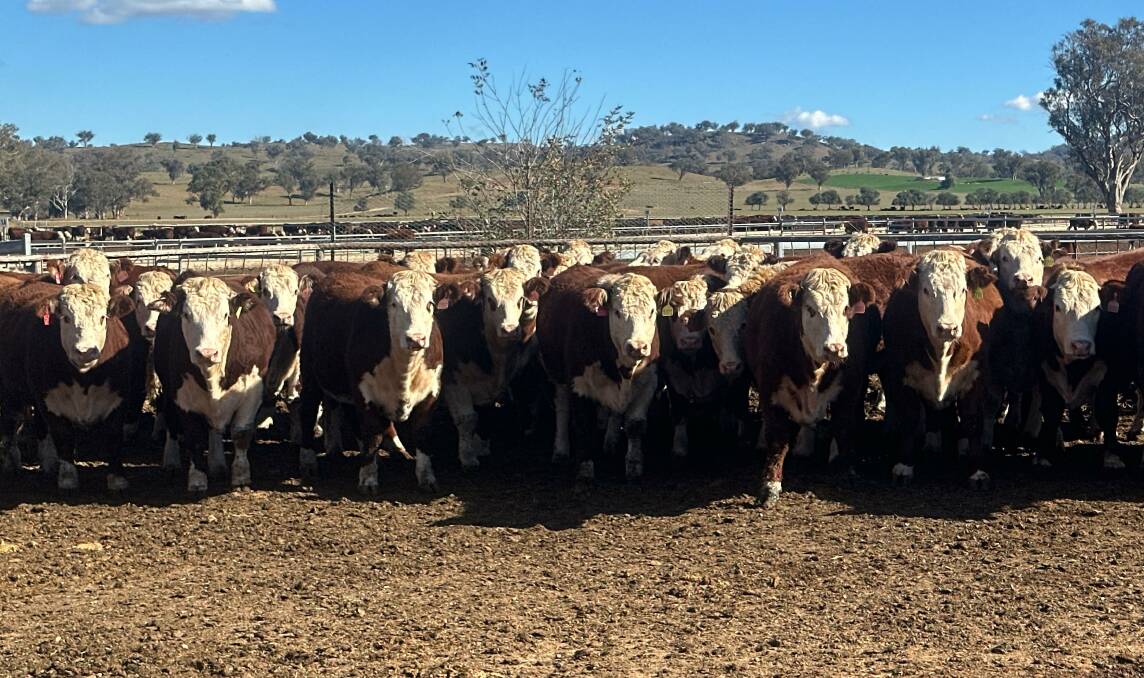
This is branded content for Ironbark Herefords
PRODUCING a uniform line of breeders has led to highly consistent, predictable genetic results, as well as high carcase compliance for Ironbark Herefords.
Consistency has been a big focus for the Spencer family since the beginning of the stud, which was established in 1933 as a bull breeding unit for the Ironbark Pastoral Company's 3000-breeder commercial production.
The operation is now owned and run by Adrian and Wendy Spencer at Mulwaree, Barraba, NSW, with their children Isabella, Hugh and Ben.
"The Ironbark stud has always been run by Spencers, who are cattlemen that understand cattle and understand the country they've got to survive in," Adrian Spencer said.
Ironbark was established by Mr Spencer's grandfather Ted Spencer with progeny of UK import Knight Wick Ben from Bexley Hereford stud, and more foundation cattle were added with a focus on well-known cow families related to the Tocals.
"Tocal was a herd that made Herefords what they are today in Australia - leaders with a huge pool of genetically proven purebred cattle of predictable genetic performance," Mr Spencer said.
"Ironbark started with a consistent line of cattle in the 1930s, and that consistency is still there today."
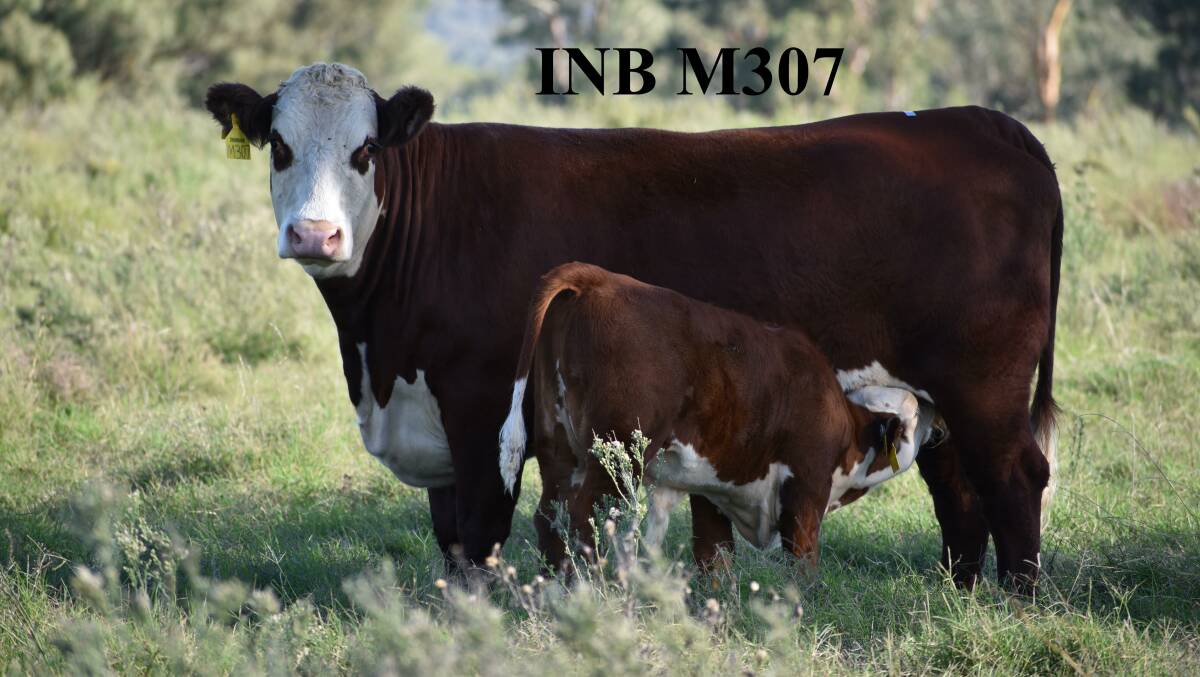
Among the sires of influence in the early days were Freetown Statesman, Freetown Director, Eyton Brigadier, Sugwas Dandy, Bexley Demonstrator and Tarrington Debonair Son Marlow Cupid, who was imported in 1950.
At Sydney Royal Easter show, Cupid's first sons gained two seconds in the bull classes, as well as champion and reserve champion on the hoof and hook.
"Ironbark was never out of the ribbons for steers, either hoof or hook, for the next 20 years, so we've always had a strong focus on carcase quality," Mr Spencer said.
Bulls that made an impact in Ted's time included Bexley Tornado, by Tarrington Meteor and from Billingsley Quill; Cuppa Cumberland, a son of Vern Vereker from Wenlock Gracious; Rose Bargee son Bexley Biro, another son of Billingsley Quill; Bexley Jensen, by Vern Jovial and Bexley Ranger, another Rose Bargee son.
Sons from these bulls - Ironbark Nettle, Navy, Naval, Talisman, Vessell and Whim and Irrawaddy, a grandson of Calliope Statesman - rapidly progressed the genetic gain of the stud, which was taken over by the second generation, David and Margret Spencer, in 1973.
David was a well-regarded Hereford breeder and spent decades as a board member for Herefords Australia.
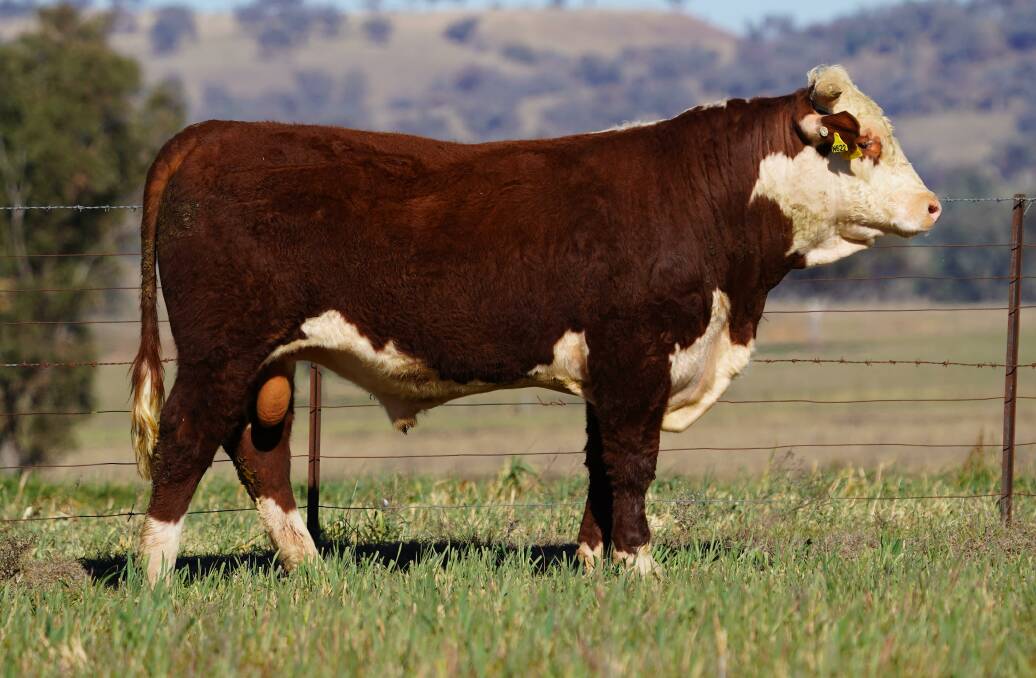
He and Adrian worked together to make huge improvements to the stud, with a big step being the introduction of genetics from US stud Holden Herefords in the 1980s.
"The best females have always been retained at Ironbark for stud production which has created our name for consistency, but as we've moved forward we've modernised the cattle to suit market requirements," Mr Spencer said.
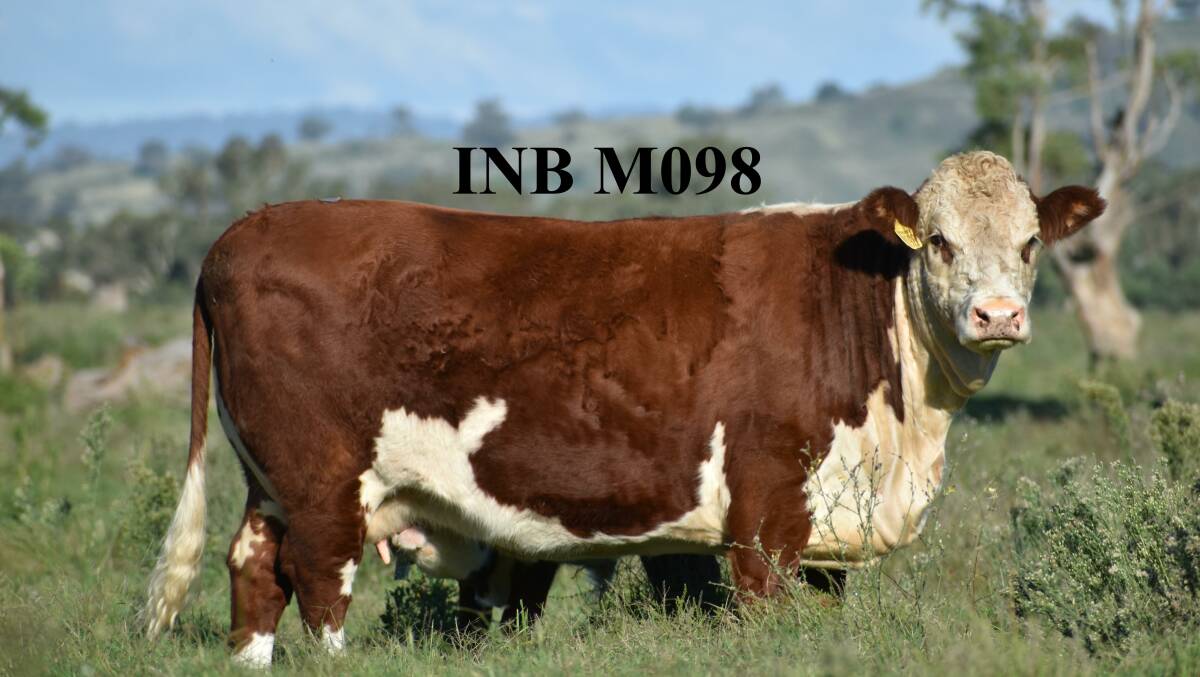
Mr Spencer's work on large-scale beef operations in the US in 1985 led him to Holden, which was producing a line of moderate cattle with more muscle than the Australian Hereford.
"The US is a country that has to feedlot cattle so they've got to have cattle with depth and capacity to gain weight," he said.
"The introduction of those genetics has been significant - it's lowered our birthweight and produced superior females.
"They're efficient, functional females that handle the hill country, and our Holden-bred cows have got the sappiest calves each year.
"Because it's an established line-bred operation, it fits in with the conformity and unity that Ironbark is known for."
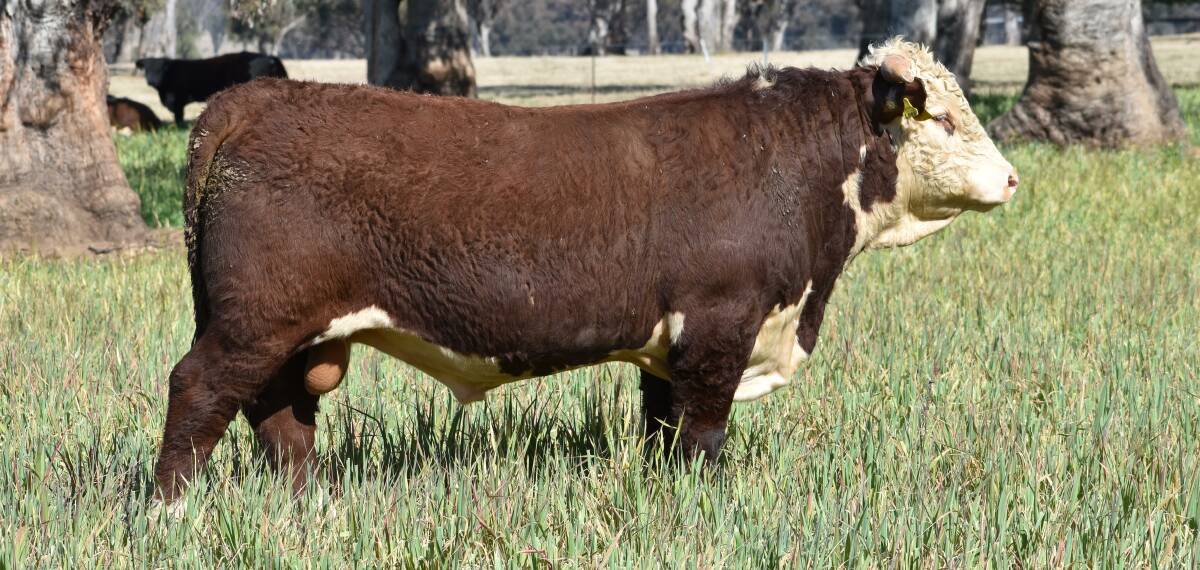
That consistency is evident in the family's 2500-head feedlot operation which was initially set up to manage drought in 2021.
The Spencers finish their commercial steers and cull heifers, as well as progeny from Ironbark bulls, with cattle sourced from their stud clients.
It's allowed them to collect extensive data on feedlot and carcase performance.
Meat Standards Australia (MSA) compliance is very high, with the majority of animals at 62 to 63 on the MSA index, and some up to 68.
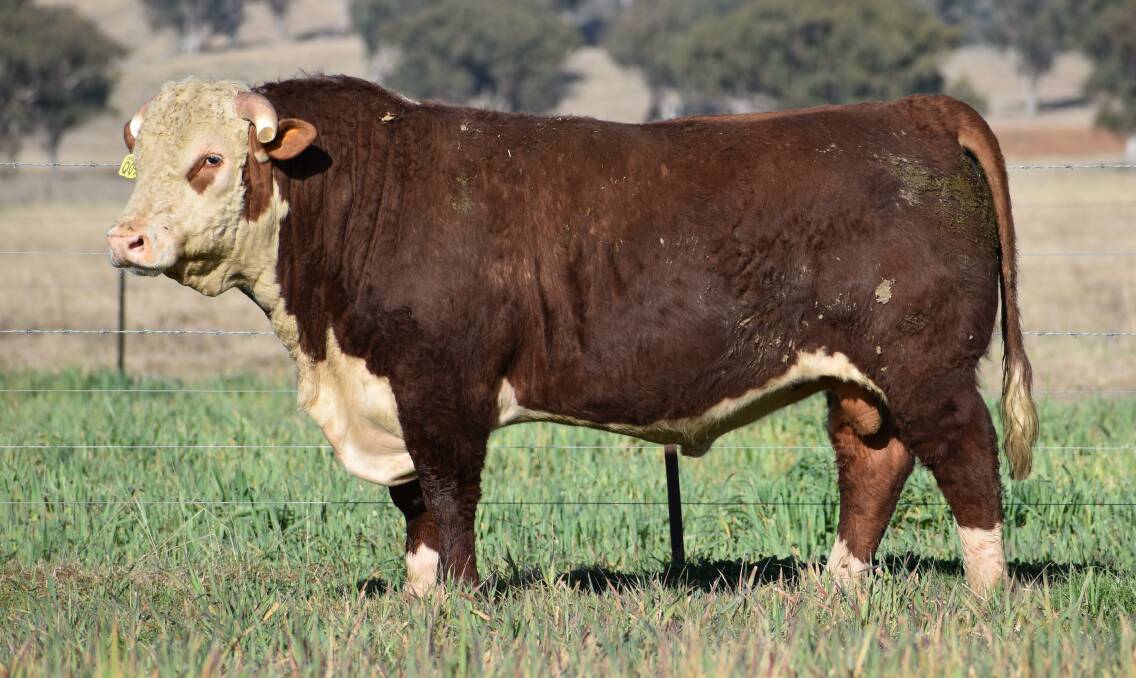
Ironbark uses Black Box Co software to record data on every animal on property and in the feedlot, giving the Spencers access to analysis and insights to improve their breeding program.
"We don't want to be a stud that just relies on its name," Mr Spencer said.
"The feedlot has given us a real indication of where we are with our breeding, with 8000 records from our cattle and our clients' cattle.
"It's a real modern-day beef operation, with an extensive breeding program, and the feedlot is testing and reinforcing our genetic decisions."

Maintaining a herd with exceptional structure has been key to the consistency in the feedlot.
"They're robust, high-performing cattle with strong constitution," Mr Spencer said.
"One of the major problems in the whiteface game has been weak cattle in the feedlot, but we don't have sickness, because constitution is one of features of the Ironbark bloodline.
"If the cattle are not structurally right, in the environments where a lot of our bulls go, they just won't live, but they also need that structure to perform in the feedlot."
While the purebred steers are achieving the best results in the feedlot, Hereford-cross cattle are also performing well.
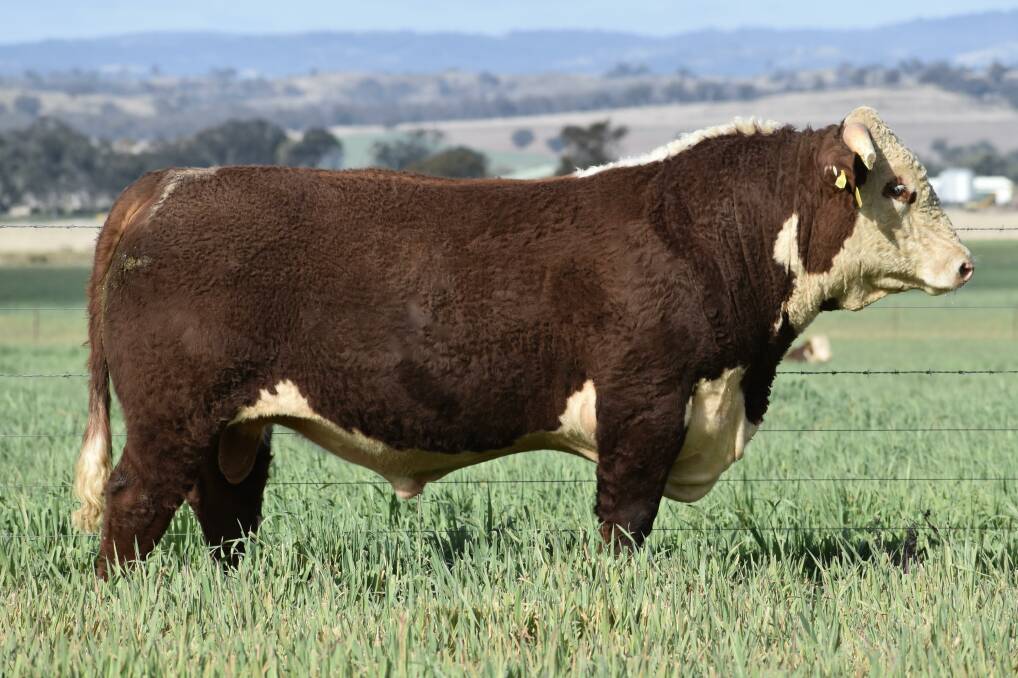
The Spencers have used Ironbark bulls over Santa Gertrudis and Angus breeders for a long time, and it's an area in which the breed could make a big impact, Mr Spencer said.
"In the US, the Hereford job is strong, particularly with whiteface bulls going into black operations.
"The baldie female is very popular, but the Hereford bull over the black cow is producing an animal that's getting very good results in the feedlot.
"Because the depth of genetics is there, our bulls can go over other breeds, like Angus, Santa Gertrudis, Charolais, and still give you a very consistent line of cattle."
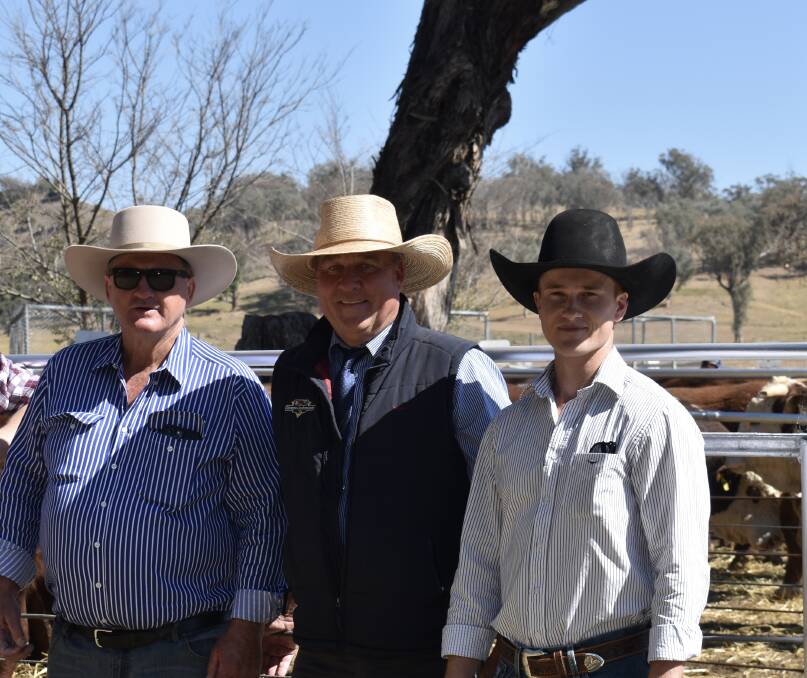
Consistency continues to be a priority at Ironbark, where all generations have been passionate about their cattle.
"We have consistency in our work, our attitude, our love for the cattle, and that's led to consistency in the cattle."
This is branded content for Ironbark Herefords


